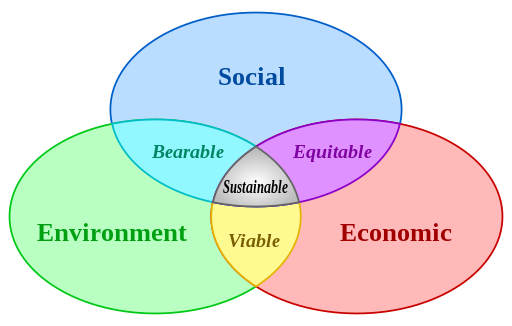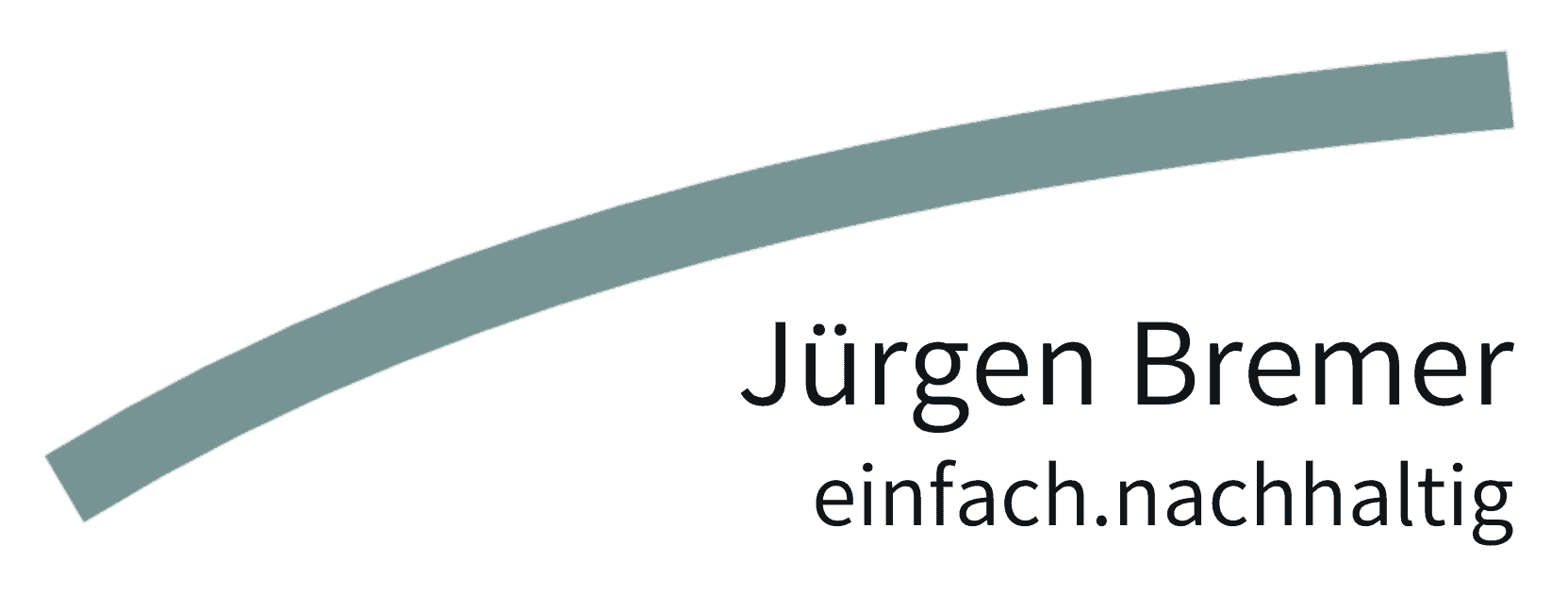
Sustainability in Enterprises
Nowadays, we encounter the term sustainability all the time and in all kinds of contexts. But what does sustainability mean, and where do you start sensibly and reasonably to make your company more sustainable?
Sustainability is
- something we all need to do to save our world
- a buzzword that can mean anything and nothing
- luxury: you have to be able to afford to make your company sustainable
- to give a part of the profit for donations to the Third World
But what is sustainability really?
Why I sometimes find it hard to define sustainability,
is for several reasons:
Everyone defines sustainability differently. That’s okay. For every person, every company and every organization, the focus is different, at least in nuances. While one person is concerned about dealing with suppliers in an appreciative manner, another is concerned about reducing CO2 emissions.
Maybe that’s where the core of sustainability lies: identifying issues that are important to me or my company and working on them: Identifying and implementing opportunities for improvement.
There are companies that call something sustainable when it is economically successful.
Sustainability does not always have to be recognizable as such. For example, I know people who are already of retirement age and still reforest areas. In other words, they plant trees, certainly on a large scale. They themselves will not benefit from this, but future generations will. They themselves would not describe these activities as sustainability achievements, they do it out of a personal self-image.
How I define sustainability
These examples, as different as they are, have one thing in common:
these people see where they can do something, make a difference, and do it.
The fact that I use the term sustainability is due to the fact that I want to shorten elaborate formulations and use established terms. For me, this wording hits the nail on the head:
Sustainable development
Because sustainability is not something static for me. For me, sustainability is a process.
You could also call sustainable development a change.
This can be seen in the topics we as a society discuss under the umbrella of sustainability.
For a long time, the focus was on environmental protection. Even here, the focus has changed significantly. In the 1980s, we had acid rain and forest dieback. Today, we have moved to climate change.
The social area has also become continuously more important and stronger: Sustainability in the supply chain, equal opportunities, gender equality, to name just a few keywords. This can be seen in the fact that, on the one hand, the public discussion is increasingly taking up these topics and, on the other hand, legislative measures are being taken. The social consensus on how to deal with these issues is changing.
The area of economics is particularly associated with sustainability by company representatives. Understandable, because how helpful may the best measures be if the company cannot afford them?
Sustainability is therefore very complex. In fact, seen in such a comprehensive way, it is one of the more complex topics I can think of. That is why I define sustainable development as
everything making the world a better place
This goes beyond the definition of the Brundtland Commission.
Definition of sustainability
The first and, in my opinion, most important definition is that of the Brundtland Commission:
“Sustainable development meets the needs of the present without compromising the ability of future generations to meet their own needs.”
http://www.un-documents.net/our-common-future.pd
All in, and a lot of what we criticize about our current economic and social systems. However: suitable for practical application?
The intersection model
The three areas of sustainability
- Ecology
- Social
- Economics
are represented in a circle as basic quantities that overlap. Balanced sustainability then takes place in the intersection.

Or the three areas are shown in dependencies on each other. In my opinion, these dependencies are bilateral.
The three-pillar model
Visually, I think the three-pillar model is most appropriate.
The three pillars are in turn
- Ecology
- Social
- Economics
In this model and in graphic representations, the three pillars stand next to each other and support the roof, a world worth living in. Others assume that the middle pillar is the supporting one and the two lateral ones are more or less only flanking.
I prefer a three-dimensional representation: the three pillars are each at the apex of a triangle. This representation shows more clearly that all three pillars are equally important and equally necessary: if they are not in balance, the roof tilts.
Sustainability in practice
I am convinced that everyone is already doing something for sustainability. Better expressed, that everyone is doing something that is sustainable.
I am convinced that everyone can do more for sustainable development. It doesn’t have to be the big, world-saving or Nobel Prize-worthy actions. We can already make progress with small steps.
More about this, and how I can support you, on the following pages.

